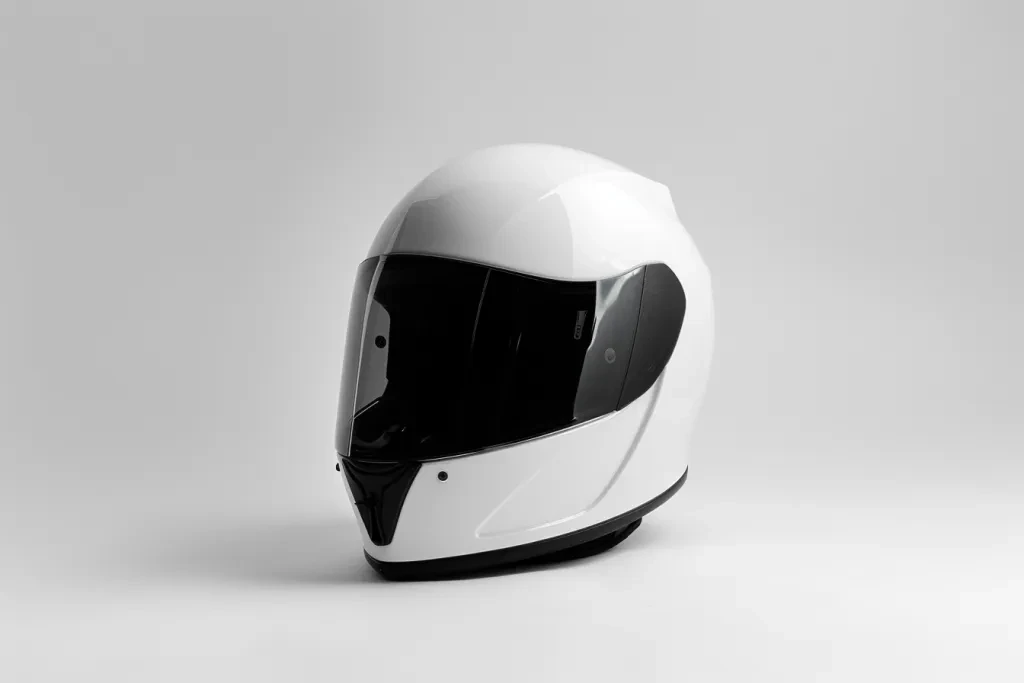When it comes to riding motorcycles, safety is paramount, and choosing the right helmet is a crucial decision every rider faces. Motorcycle helmets not only protect your head in the event of a crash but also enhance the overall riding experience by reducing wind noise, protecting your face from debris, and ensuring comfort on long rides. This guide explores the critical aspects of top motorcycle helmets, focusing on safety standards, materials, fit and comfort, visibility, and additional features that matter most to riders.
Table of Contents:
1. Safety standards and certifications
2. Materials and construction
3. Fit and comfort
4. Visibility
5. Additional features
Safety standards and certifications

When selecting a motorcycle helmet, the first and foremost consideration should be its safety standards and certifications. Helmets undergo rigorous testing to meet specific safety certifications, such as DOT (Department of Transportation) in the United States, ECE (Economic Commission for Europe) in Europe, and Snell, which is a voluntary standard offering even higher levels of protection. These certifications ensure that the helmet can adequately protect the rider’s head upon impact, resist penetration, and ensure the retention system (chin strap) stays securely fastened.
Understanding the differences between these certifications can help riders make informed choices. For instance, ECE standards include tests for abrasion resistance and field of vision that DOT does not, while Snell includes more stringent impact tests. However, any helmet that meets these recognized standards is deemed safe for road use.
It’s also important to note that helmets are designed to absorb impact by partially destroying or deforming the liner during a crash. Therefore, a helmet must be replaced after a significant impact, even if no damage is visible.
Materials and construction

The materials and construction of a helmet play a significant role in its safety and comfort. High-quality motorcycle helmets are typically made from composite materials like carbon fiber, fiberglass, or Kevlar, which offer a great balance between weight and protection. These materials are known for their ability to absorb and distribute impact forces, reducing the risk of injury.
The construction of a helmet also includes the outer shell and the inner liner. The outer shell is designed to compress upon impact, spreading the forces over a larger area, while the inner liner, usually made of expanded polystyrene (EPS) foam, absorbs the shock. This dual-layer construction is crucial for protecting the rider’s head from direct and rotational forces during an accident.
Moreover, the weight and aerodynamics of a helmet are also influenced by its materials and construction. Lighter helmets reduce neck fatigue on long rides, while aerodynamically optimized designs can minimize wind noise and lift at high speeds.
Fit and comfort

A helmet’s fit and comfort are essential for ensuring its effectiveness in protecting the rider. A helmet should fit snugly around the head and face without being too tight, as pressure points can cause discomfort over time. It’s crucial to try on different sizes and shapes to find the perfect fit, as head shapes vary widely among individuals.
Proper ventilation is another critical aspect of fit and comfort. Helmets with adequate airflow keep the rider cool and prevent the visor from fogging up, enhancing comfort and visibility. Look for helmets with adjustable vents that allow for customized airflow based on riding conditions and personal preference.
Additionally, the interior padding of a helmet, often removable and washable, contributes to both comfort and hygiene. High-quality liners made from breathable, moisture-wicking materials can significantly improve the riding experience, especially during long journeys or in hot weather.
Visibility

Visibility is a critical safety factor that is influenced by the design of the helmet. The visor or face shield should offer a wide field of view to allow riders to see the road and their surroundings clearly. Opt for helmets with anti-fog, anti-scratch, and UV-protected visors to maintain clear vision in various riding conditions.
Some helmets also feature integrated sun visors, eliminating the need for sunglasses and allowing riders to easily adjust to changing light conditions. Additionally, the helmet’s color and design can impact visibility; bright colors and reflective materials make riders more visible to other road users, enhancing safety.
Additional features

Modern motorcycle helmets come equipped with a range of additional features designed to improve safety, comfort, and convenience. Bluetooth connectivity allows riders to easily communicate with fellow riders, make phone calls, and listen to music or navigation instructions without compromising safety.
Other innovative features include emergency release systems, which enable first responders to safely remove the helmet without causing additional injury, and MIPS (Multi-directional Impact Protection System), which adds an extra layer of protection against rotational forces in an accident.
When choosing a helmet, consider which features align with your riding style and preferences. While additional features can enhance the riding experience, they should never compromise the helmet’s primary function: protection.
Conclusion
Selecting the right motorcycle helmet is a critical decision that impacts both safety and enjoyment on the road. By understanding the importance of safety standards and certifications, considering the materials and construction, ensuring a proper fit and comfort, prioritizing visibility, and evaluating additional features, riders can make informed choices that enhance their protection and riding experience. Remember, a helmet is an investment in your safety and well-being on the road.



